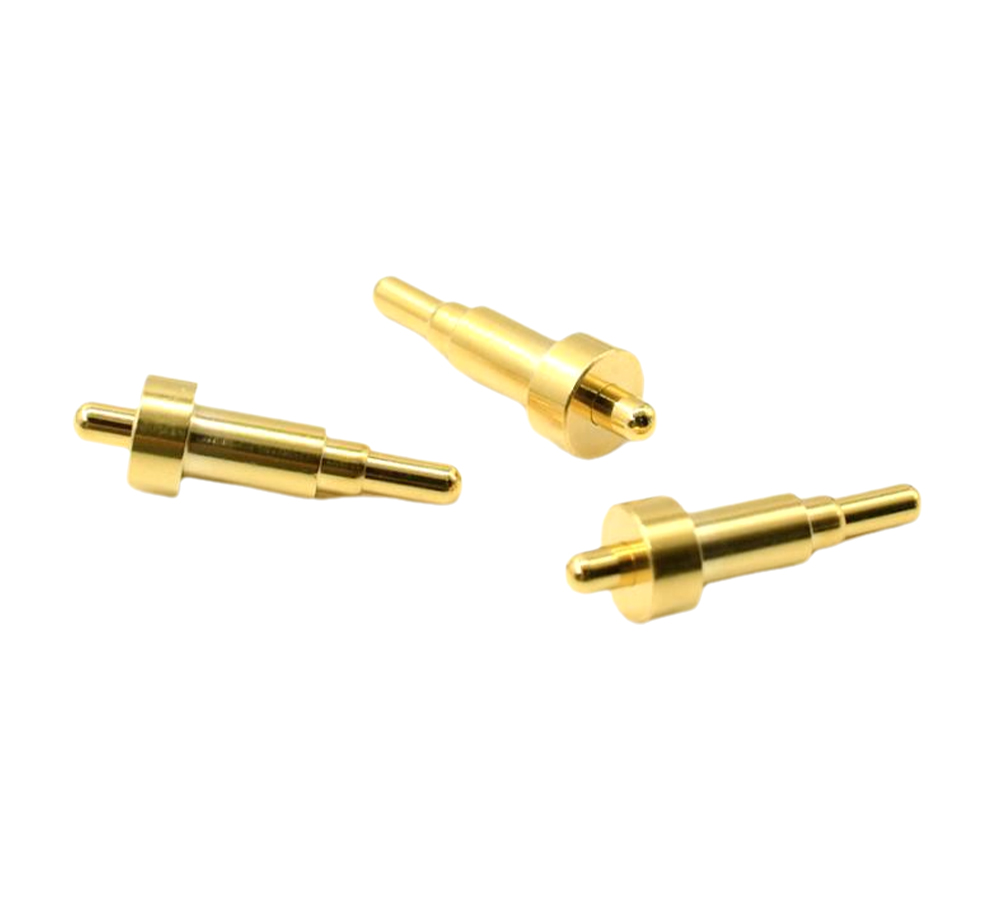Time:2025-04-26 Views:1 source:News

Designing customized single-pin spring pogo pins requires a comprehensive understanding of the application requirements and careful consideration of various factors. The first and foremost aspect is the determination of electrical specifications. This includes the required current-carrying capacity, voltage rating, and electrical resistance. Depending on the specific application, the pogo pin may need to handle high currents or operate at high voltages, and the design must ensure that it can meet these electrical demands without overheating or causing electrical failures.
Mechanical design is another crucial aspect. The length, diameter, and shape of the pogo pin need to be precisely tailored to fit the available space in the device and ensure proper alignment with mating components. The spring force of the pogo pin is a critical parameter that affects the contact pressure and connection stability. A too-weak spring may result in poor contact, while an overly strong spring can cause damage to the mating surfaces. Additionally, the choice of materials for the pin, spring, and housing is essential. High-strength and wear-resistant materials are preferred to ensure the durability and reliability of the pogo pin over its intended lifespan.
Environmental considerations also play a significant role in the design of customized single-pin spring pogo pins. If the pogo pin is to be used in harsh environments, such as high-temperature, high-humidity, or corrosive conditions, appropriate materials and protective coatings need to be selected. For example, in outdoor medical devices or automotive electronics, the pogo pin may need to be resistant to UV radiation, moisture, and chemicals. Designers must also take into account factors such as shock and vibration resistance to ensure that the pogo pin can maintain its functionality under dynamic conditions.
Read recommendations:
Magnetic connector for IoT devices
Mass production of magnetic connector factory